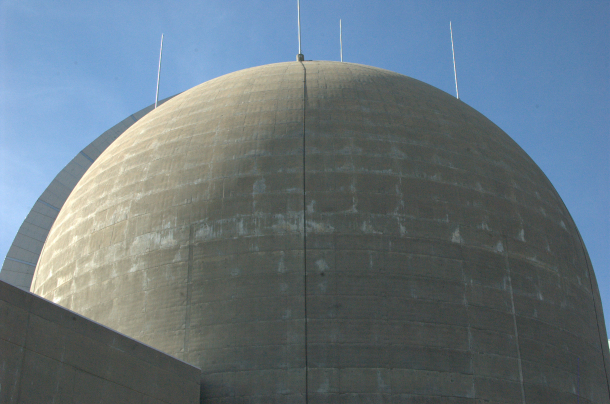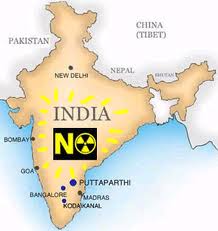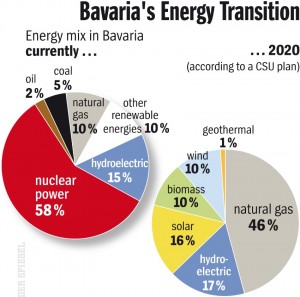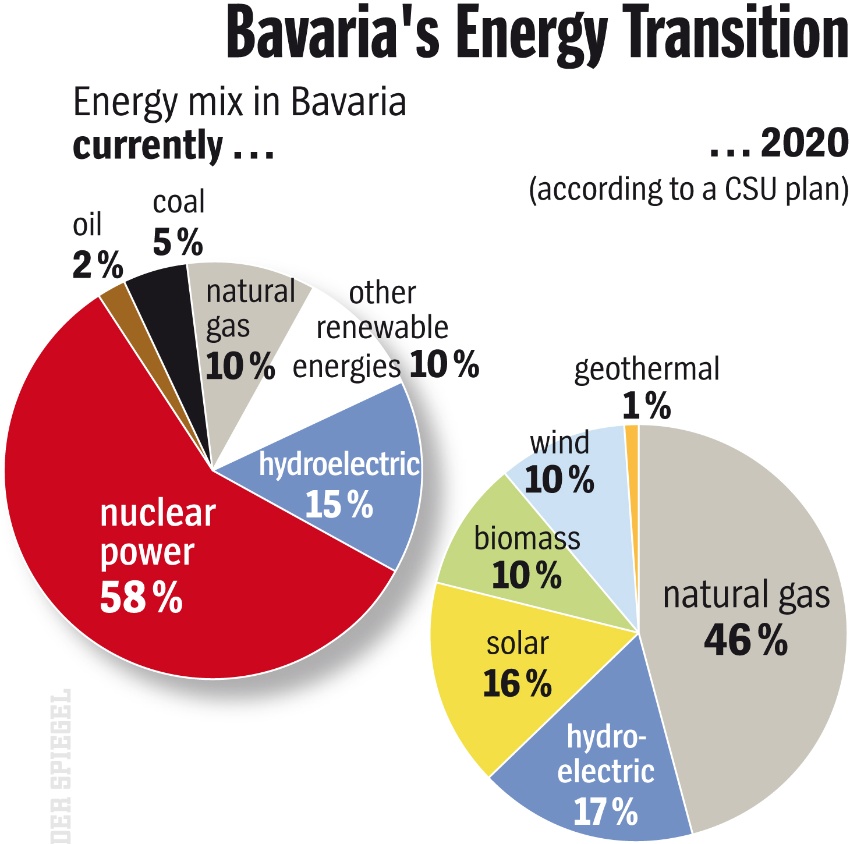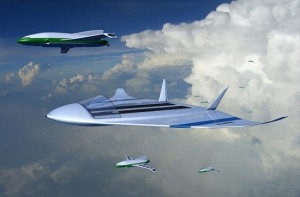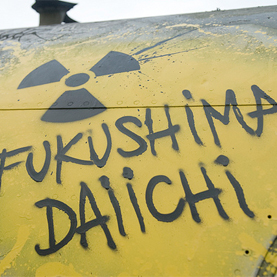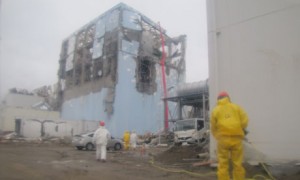
Heading off on a long journey to Mars on Saturday is NASA’s new Curiosity Mars Science Laboratory which, once it lands on the Red Planet, will be powered by nuclear energy. Unlike previous Mars rovers — the Spirit and the Opportunity — which were powered by the sun and couldn’t work in dark crevasses, on the wrong side of mountains or at night, the Curiosity will power through all of those times and spaces like a champ. Slated to have a 23-month stay, the Curiosity’s engine could theoretically last a few decades.

 Follow
Follow